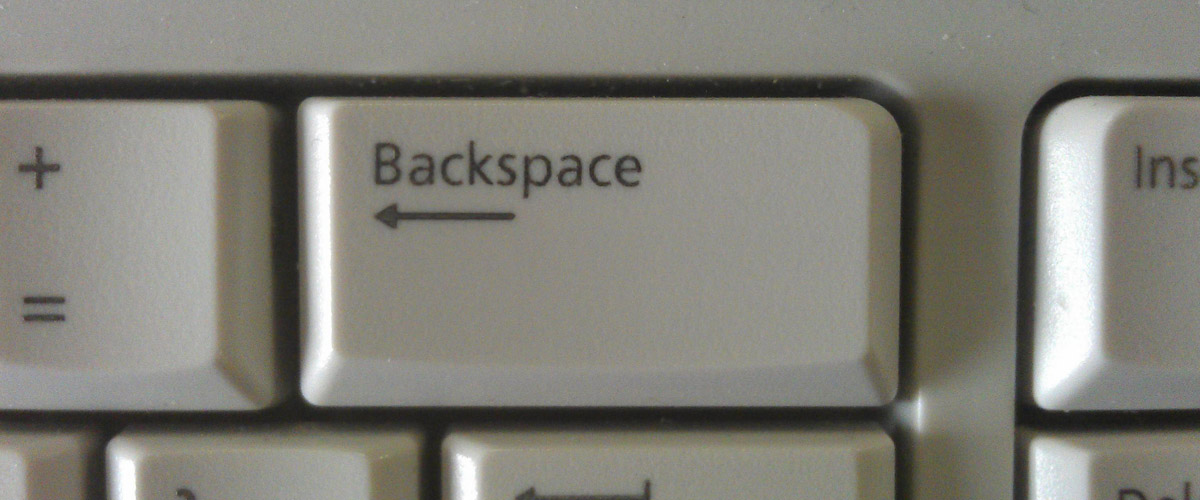Advertising is a daily part of our lives. This applies to presenters and their pitch decks. During sales pitches, you’ll compete against at least three other teams, each with their own pitch.

How do a selected few make their voices heard from the chorus of companies selling their products?
Simple, they offer what their competition doesn’t.
How It Works: Look to Yourself and Your Competition
According to ad veteran Luke Sullivan, to know the competition, look at what your company offers and compare it with the competition. Take some advice from Jim Aitchinson’s Cutting Edge Advertising: Are you currently running second like Avis? Are you as innovative as Nike Shox? Or are you looking to shock people like XO Beer?
Is your pitch strong enough to challenge the competition, or do you want to highlight your strengths? After answering these questions, you can start building on your sales pitch deck’s main idea.
Describing Your Products & Services
Simplifying your offer is a pitch deck technique that defines exactly what you want to show. Brands contribute to advertising clutter. Clients go through the same thing, sitting through pitch after pitch. Strip your idea down into one core message. Don’t read from your slides and drone on it—go straight to your proposal.
Build up the moment before revealing it, or pose a challenge to your clients. This makes your message stick in your clients’ minds longer.
The Reality Distortion Field
Once you’ve hooked clients with your pitch, support their curiosity with facts.
Use what brand communications expert Carmine Gallo calls the “reality distortion field,” which is to convince anyone of practically anything. Propose a challenge to highlight your strengths as with the Nike Shox TV ad, or doing an unconventional but effective stunt like XO Beer.
You can also present an opportunity to change, like when Steve Jobs asked John Sculley, the then-president of PepsiCo, to join Apple in 1983.
Challenge the Status Quo
Aitchison describes a sales pitch as a chance to dismantle the current status quo and establish something new. This applies not just to your clients but also to your competition.
After defining what your company offers, your pitch will soon be built around what it does, what it can offer, and what you do differently from others.

Download free pitch deck templates now.
Get professionally designed pitch deck slides weekly.
Sign Up NowReferences:
2000 Vince Carter Nike SHOX Commercial/Jumping Over Gary Payton. YouTube. Accessed May 15, 2015.
Aitchison, Jim. Cutting Edge Advertising: How to Create the World’s Best Print for Brands in the 21st Century. Singapore; New York: Prentice Hall, 2004.
Gallo, Carmine. The Presentation Secrets of Steve Jobs: How to be Insanely Great in Front of Any Audience. New York: McGraw-Hill, 2010
Sullivan, Luke. Hey, Whipple, Squeeze This: A Guide to Creating Great Ads (3rd Ed.). Hoboken, N.J.: John Wiley & Sons, 2008.
XO Beer. Neil French. Accessed May 15, 2015.


